Since then, through many historical changes, that school, now the Vietnam University of Fine Arts, has remained a place to preserve and spread the flame of creativity, becoming a symbol of Indochina heritage in the flow of Vietnamese art.
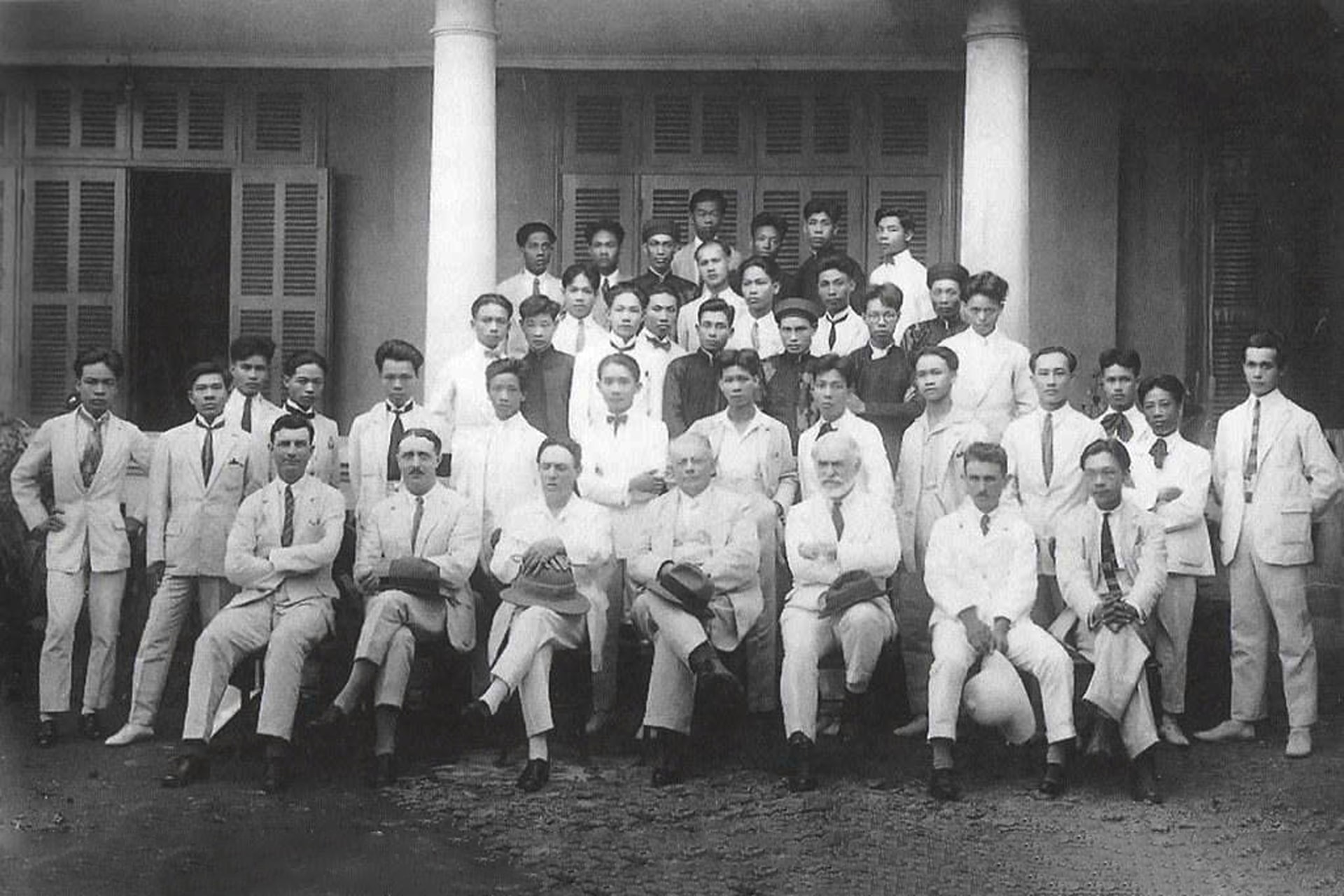
From the Dream of Victor Tardieu
The Indochina College of Fine Arts (abbreviated as the Indochina College of Fine Arts) was established under the Decree of the Governor General of Indochina on October 27, 1924 and officially opened its first course in November 1925, under the leadership of French painter - architect Victor Tardieu, Vietnamese painter Nam Son (Nguyen Van Tho) and colleagues.
Victor Tardieu, who won the Grand Prix of the Paris School of Fine Arts, brought to Hanoi an open mind and a humanistic vision: “To train Indochinese artists with their own identity, not copies of European ones.” In that spirit, the Indochina School of Fine Arts encouraged students to return to their national cultural roots, exploiting indigenous materials such as silk, lacquer, wood carving and turning them into a visual language of global value.
From the small classroom on Reinach Street in the past, now Yet Kieu Street, emerged brilliant names, becoming pillars of modern Vietnamese fine arts: Nguyen Phan Chanh, To Ngoc Van, Nguyen Gia Tri, Tran Van Can, Le Pho, Luu Van Sin, Mai Trung Thu, Vu Cao Dam, Le Van De, Nguyen Khang, Pham Hau, Tran Dinh Tho, Nguyen Sang, Nguyen Tu Nghiem, Duong Bich Lien, Bui Xuan Phai...
The Indochina College of Fine Arts is also the birthplace and development of lacquer painting, a unique creation bearing the Vietnamese mark in world art. Together with silk and wood carving, these materials have created a “golden trio” of Vietnamese painting, both classical, modern, and very unique.
After the August Revolution in 1945, the Indochina Fine Arts School entered a new phase: the Resistance Course (1946 - 1954). Under the bombs and bullets of war, classes were held in the Viet Bac resistance zone, where young artists such as Phan Ke An, Le Huy Hoa, Mai Van Hien, Nguyen Do Cung, Huynh Van Thuan... continued the spirit of the masters, recording historical pages with colors and sketches.
In 1957, the school was officially named Vietnam College of Fine Arts, and in 2008, Vietnam University of Fine Arts as it is today. Throughout that journey, the school has remained the “cradle” that nurtured generations of painters - sculptors - lecturers - researchers, from resistance fighters to contemporary artists of international stature.
To the future of Vietnamese fine arts
“Indochinese Heritage” is not only a historical concept, but also a spirit of creativity across the centuries. It is the spirit of dialogue between tradition and modernity, between national identity and the breath of the times. The Indochina College of Fine Arts and later the Vietnam University of Fine Arts have steadfastly pursued that ideal: Taking national culture as the foundation, while expanding international vision, creating generations of artists who are both “purely Vietnamese” and “global”.
In 2025, the 100th anniversary of the founding of the Indochina University of Fine Arts, is also an occasion to look back on a century of creation - inheritance - creativity of modern Vietnamese fine arts.
Dr. Dang Thi Phong Lan, Principal of Vietnam University of Fine Arts, shared: “100 years of the Indochina University of Fine Arts - Vietnam University of Fine Arts has proven its influence and importance in the modern art life of Vietnam. The stature and mission of the school have affirmed its position as a leading center for training and education in fine arts in Vietnam, with influence in the region and attention in the international art community. Generations of painters and sculptors from Vietnam University of Fine Arts have many outstanding faces, won many national and international awards, representing the cultural identity of Vietnam and carrying the spirit of liberal arts, nationalism and modernity from the cradle of the school. Generations of teachers and students of the school proudly believe that, entering the new era, the school will continue to be a leading center for training, research and artistic creation, strongly integrating with the world and the region.”
A hundred years have passed, but the flame of Victor Tardieu and the pioneering generations has never been extinguished. It is the flame of faith in art, in beauty, in the power of national culture, values that will continue to illuminate the creative path of generations of Vietnamese artists today and tomorrow. From the silk paintings of Nguyen Phan Chanh, the lacquer masterpieces of Nguyen Gia Tri, to the new creations of contemporary artists, all bear the mark of the "golden school" Yet Kieu.
The 100th anniversary celebration of the Indochina College of Fine Arts - Vietnam University of Fine Arts took place at 8:00 a.m. on November 15, 2025, at 42 Yet Kieu (Cua Nam Ward, Hanoi) with the special participation of Ms. Alix Turolla Tardieu (granddaughter of painter Victor Tardieu) and Mr. Arnaullt Fontani (great-grandson of sculptor Evariste Jonchere - the second Principal), demonstrating the deep connection between the past and the present, between Vietnam and international friends. In addition, there are a series of events, notably the 100+ Exhibition (students of the Faculty of Painting) from October 31 to November 15 at the Museum of the Vietnam University of Fine Arts; the exhibition "100 years of modern Vietnamese Fine Arts" from November 14 to 24, at the Vietnam Museum of Fine Arts; International exhibition "Vietnam University of Fine Arts and friends" from November 14 to 24, at Art Space (42 Yet Kieu, Hanoi).
Source: https://hanoimoi.vn/mot-the-ky-kien-tao-sac-mau-viet-723361.html




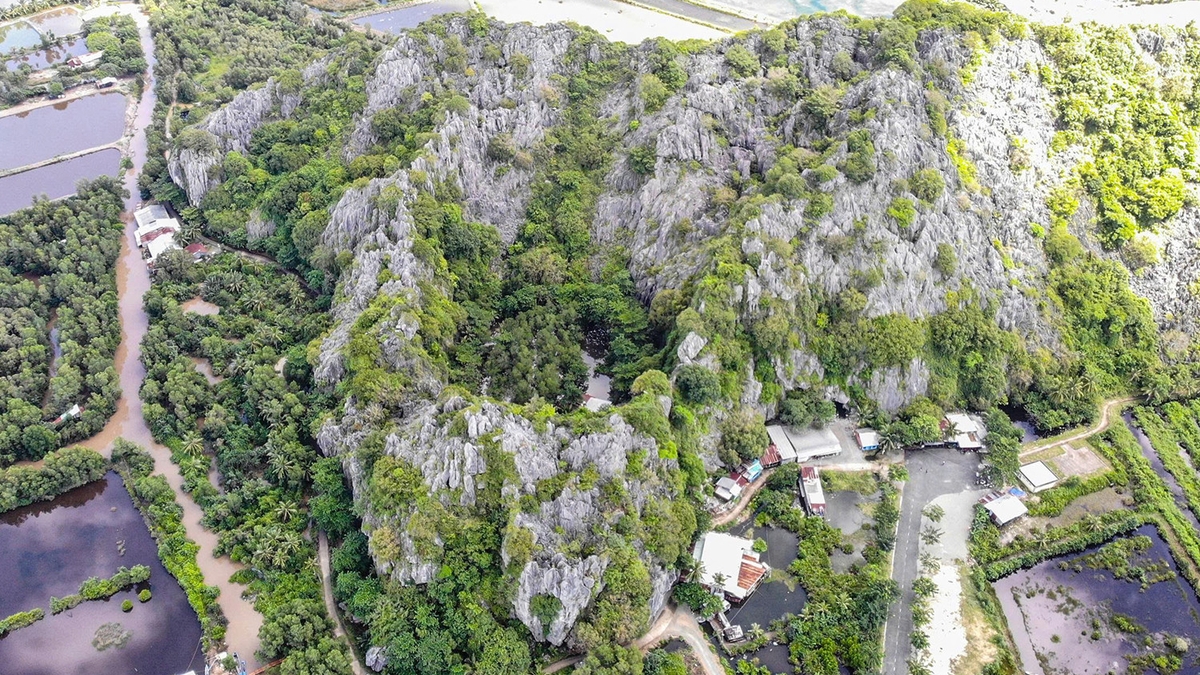
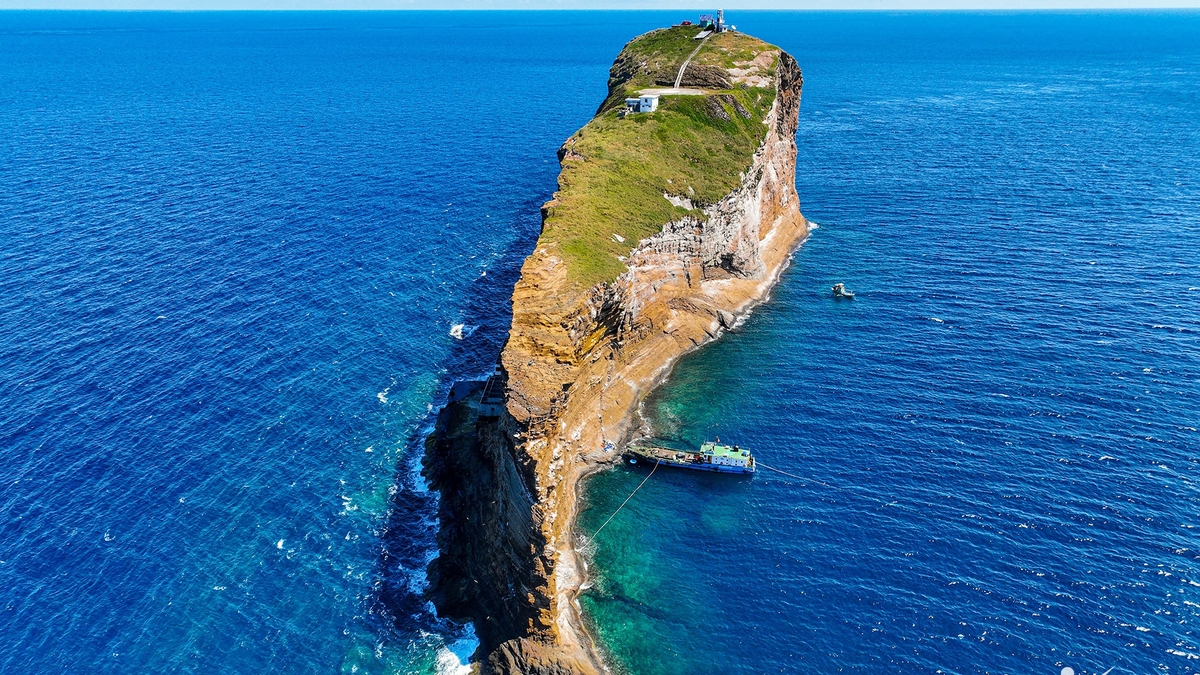

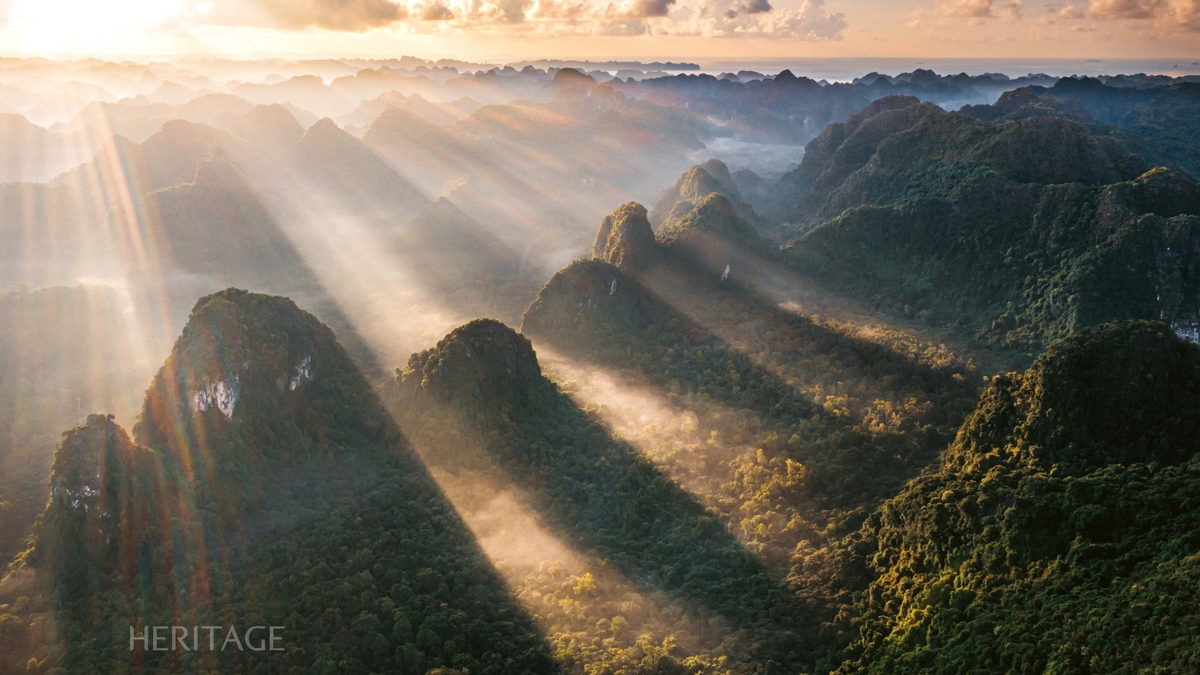


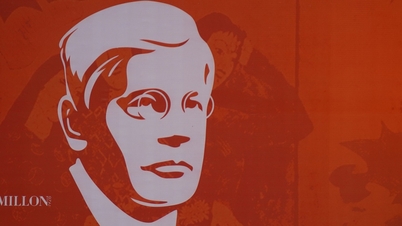

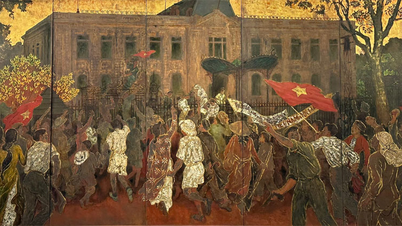









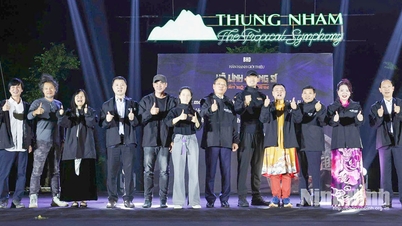










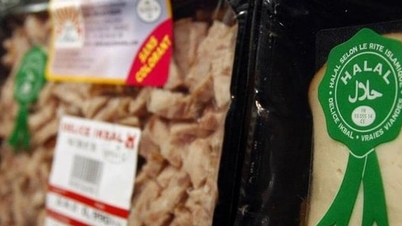

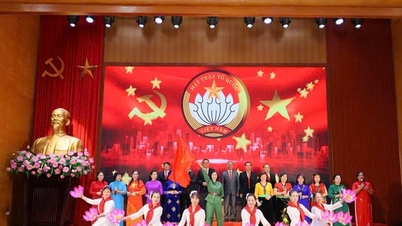














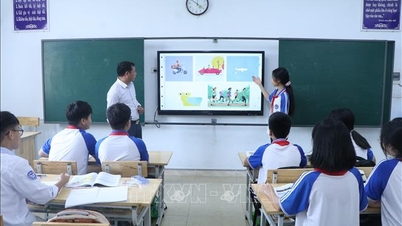























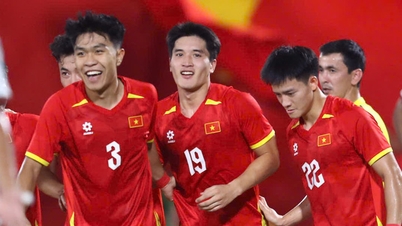

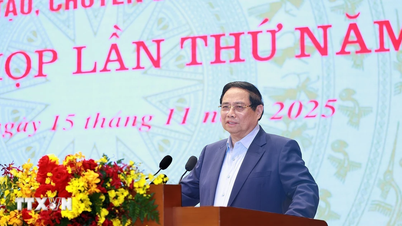


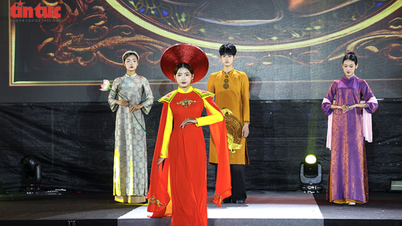
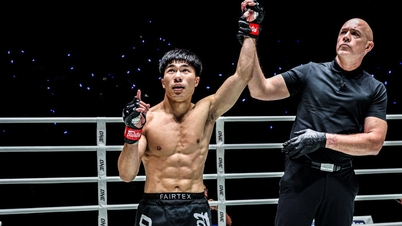


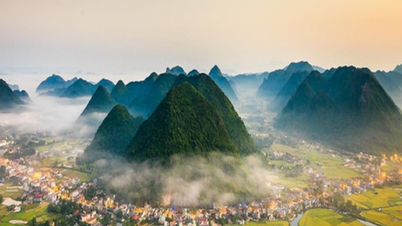

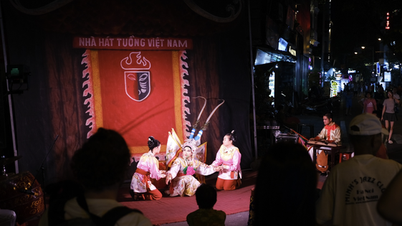
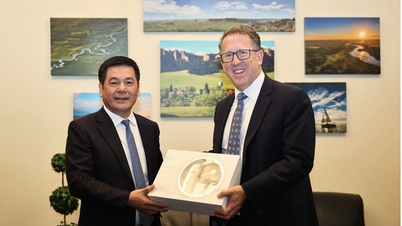

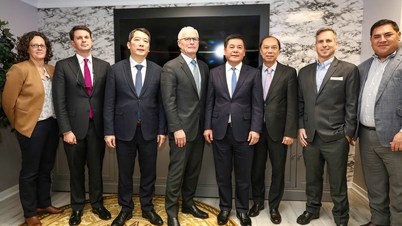


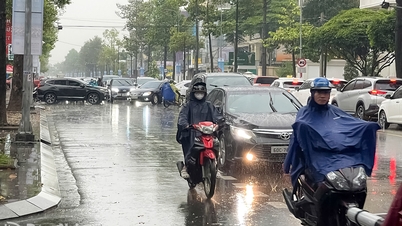

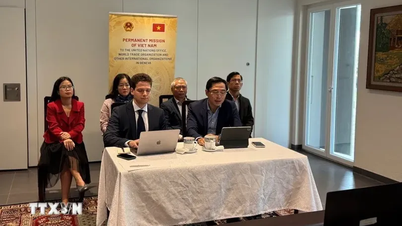



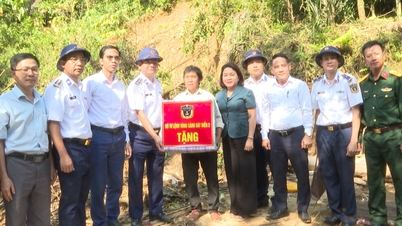












Comment (0)